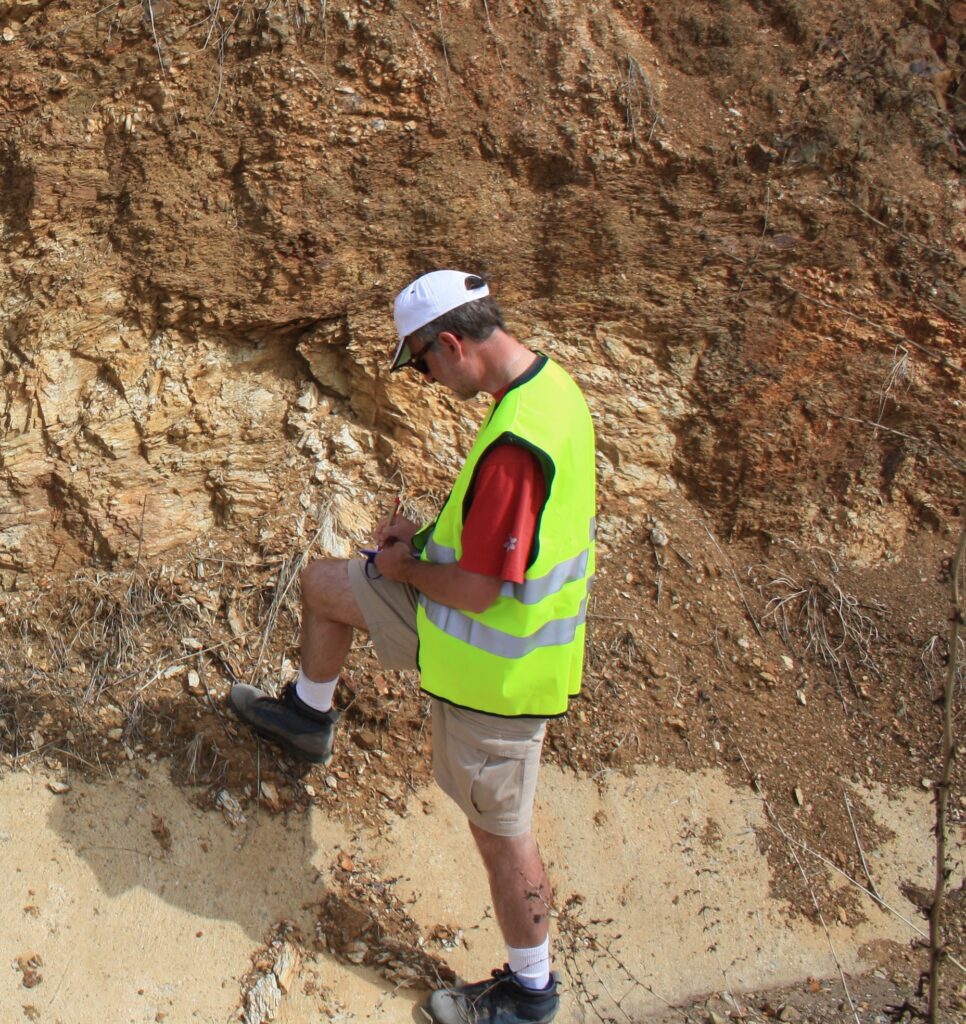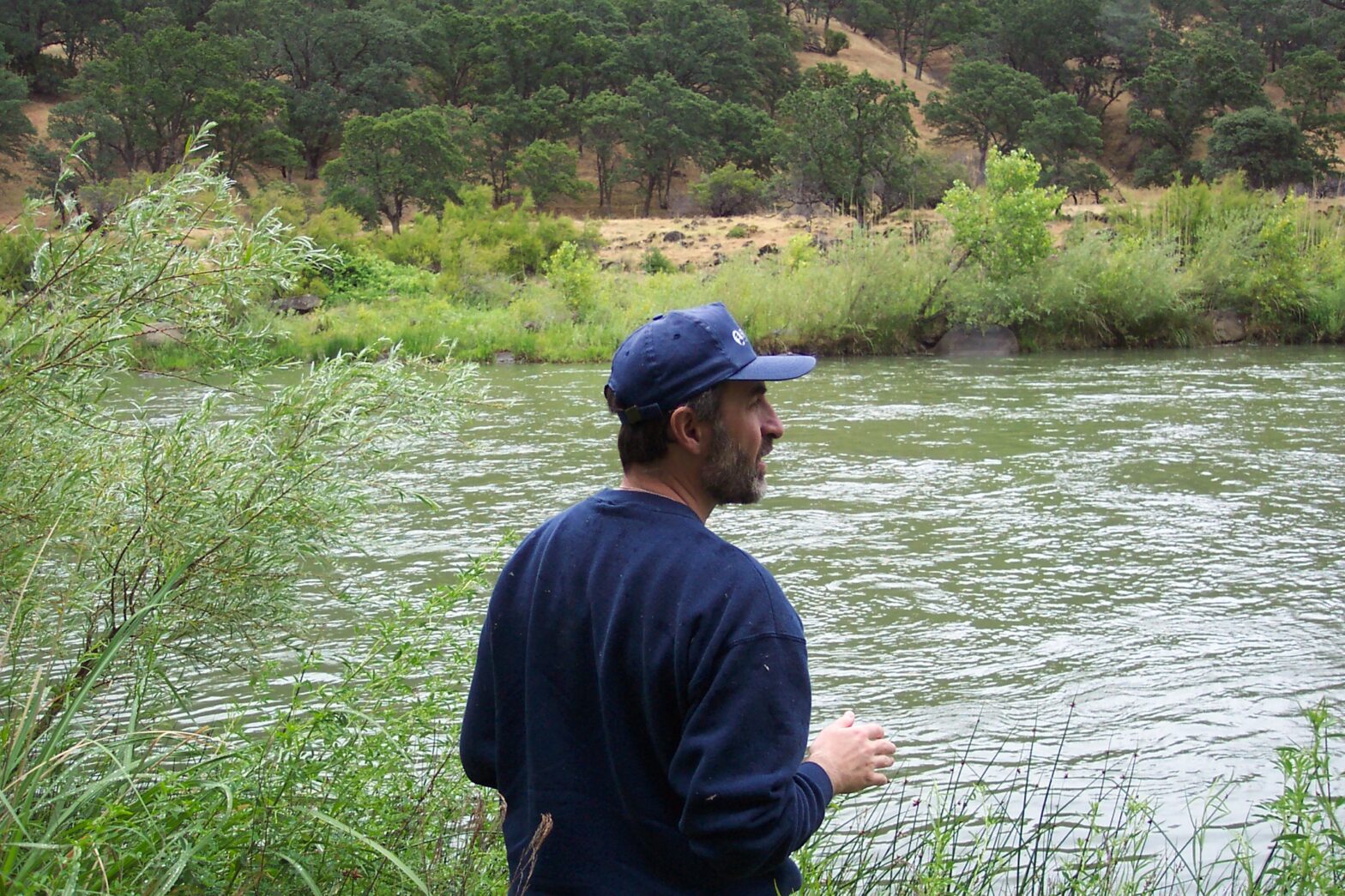The first of our previews for the forthcoming Material Matters: Clay symposium is Dr Javier Cuadros from the Natural History Museum, London, with “What on Earth is clay?”.
www.researchgate.net/profile/Javier-Cuadros
www.instagram.com/natural_history_museum
Javier is a researcher in the department of Earth Sciences at the Natural History Museum , specialising in clay mineralogy and geochemistry. Here he gives us an introduction to the ideas he will be discussing at the symposium:
We are greatly used to the “idea” of clay, its properties, its use. But why does clay have those rather surprising and useful properties? The answer is in the observation of clay composition and structure at the nano-scale. Clay is the result of water “attack” on silicate rocks. Factors that accelerate this attack are heat, salts, acidity and… living organisms, especially the most tiny ones, which are the most numerous and can be very aggressive to rocks. One of the greatest scientific discoveries of the 20th century was that clay is fairly abundant on Mars, because this means that water was also fairly abundant there, although at a remote stage in the life of the planet. Clay tells us of what was going on on Mars at a time of which we know nothing here on Earth. Neither clay nor clay-based materials are eternal. They are part of the geological cycle that transforms and regenerate rocks.

Javier Cuadros is a Senior Researcher at the Natural History Museum, with particular research interests in clay on Mars, clay-life interaction, past environments as recorded by clays, mechanisms of clay processes, and the crystal-chemistry of clays. He holds a PhD from the University of Granada, Spain, and is an Associate editor of Clay Minerals journal.

